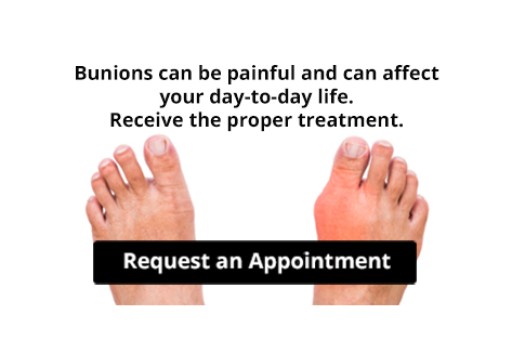 The big toe is most commonly affected when an ingrown toenail develops. An ingrown toenail is defined as the nail growing into the skin instead of over it. This can develop for several reasons including a recent toe injury, wearing shoes that do not fit properly, or from trimming the toenails incorrectly. A common symptom of this condition is pain in the big toe and surrounding areas, followed by redness and swelling. Mild relief may be found when the affected toe is soaked in warm water, and this can make it easier to gently pull the skin away from the toenail. It is also beneficial to wear shoes that have ample room for the toes to move freely in, in addition to refraining from putting pressure on the ingrown toenail. If you have symptoms of an ingrown toenail it is strongly suggested that you meet with a podiatrist who can effectively treat this condition.
The big toe is most commonly affected when an ingrown toenail develops. An ingrown toenail is defined as the nail growing into the skin instead of over it. This can develop for several reasons including a recent toe injury, wearing shoes that do not fit properly, or from trimming the toenails incorrectly. A common symptom of this condition is pain in the big toe and surrounding areas, followed by redness and swelling. Mild relief may be found when the affected toe is soaked in warm water, and this can make it easier to gently pull the skin away from the toenail. It is also beneficial to wear shoes that have ample room for the toes to move freely in, in addition to refraining from putting pressure on the ingrown toenail. If you have symptoms of an ingrown toenail it is strongly suggested that you meet with a podiatrist who can effectively treat this condition.
Ingrown toenails can become painful if they are not treated properly. For more information about ingrown toenails, contact one of our podiatrists of Foot Health Center of Merrimack Valley. Our doctors can provide the care you need to keep you pain-free and on your feet.
Ingrown Toenails
Ingrown toenails occur when a toenail grows sideways into the bed of the nail, causing pain, swelling, and possibly infection.
Causes
- Bacterial infections
- Improper nail cutting such as cutting it too short or not straight across
- Trauma to the toe, such as stubbing, which causes the nail to grow back irregularly
- Ill-fitting shoes that bunch the toes too close together
- Genetic predisposition
Prevention
Because ingrown toenails are not something found outside of shoe-wearing cultures, going barefoot as often as possible will decrease the likeliness of developing ingrown toenails. Wearing proper fitting shoes and using proper cutting techniques will also help decrease your risk of developing ingrown toenails.
Treatment
Ingrown toenails are a very treatable foot condition. In minor cases, soaking the affected area in salt or antibacterial soaps will not only help with the ingrown nail itself, but also help prevent any infections from occurring. In more severe cases, surgery is an option. In either case, speaking to your podiatrist about this condition will help you get a better understanding of specific treatment options that are right for you.
If you have any questions please feel free to contact one of our offices located in North Andover, and Tewksbury, MA . We offer the newest diagnostic and treatment technologies for all your foot and ankle needs.

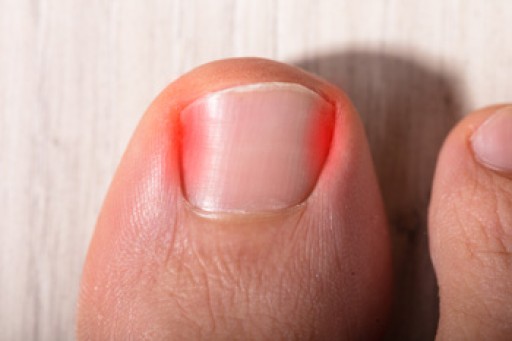
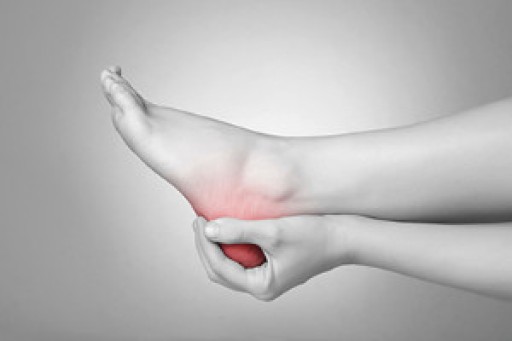

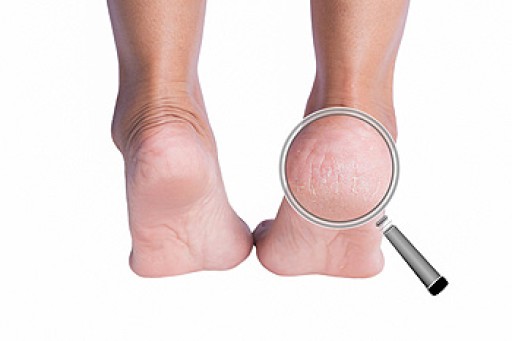
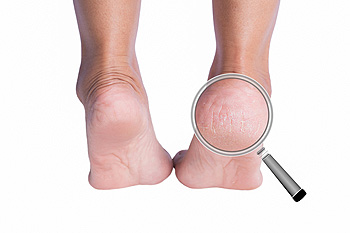

 itis
itis